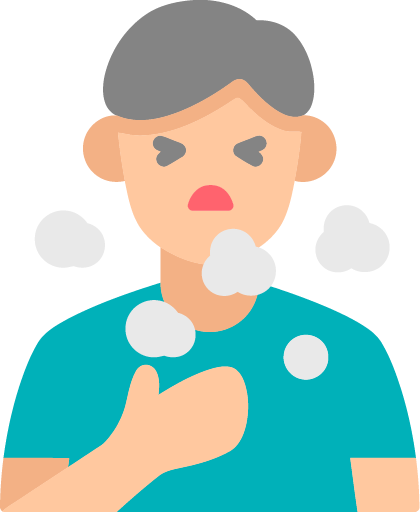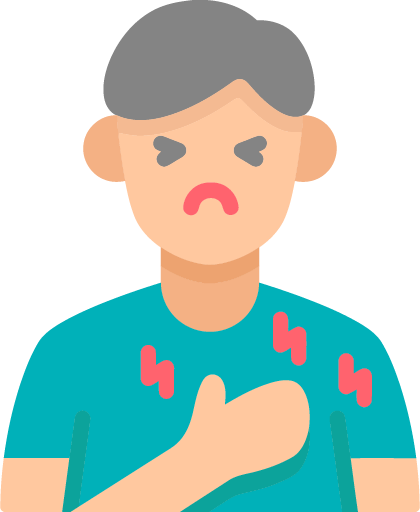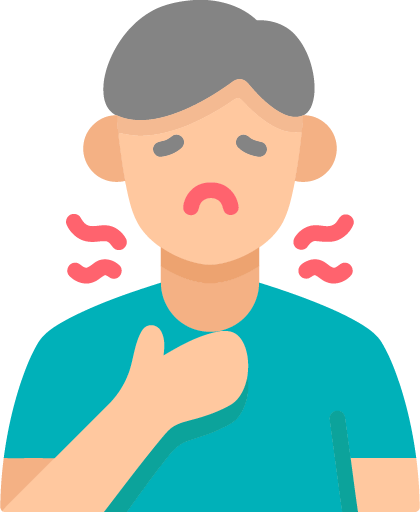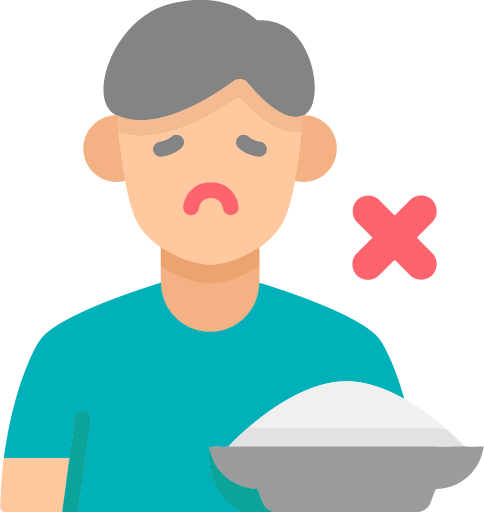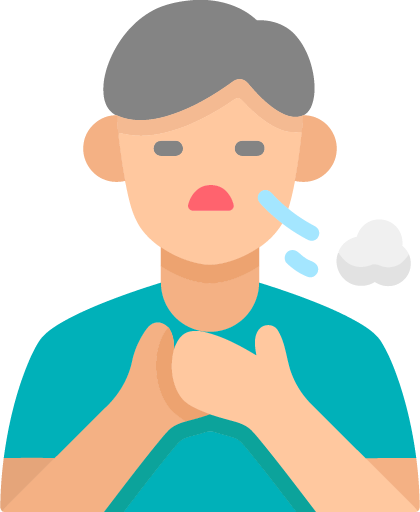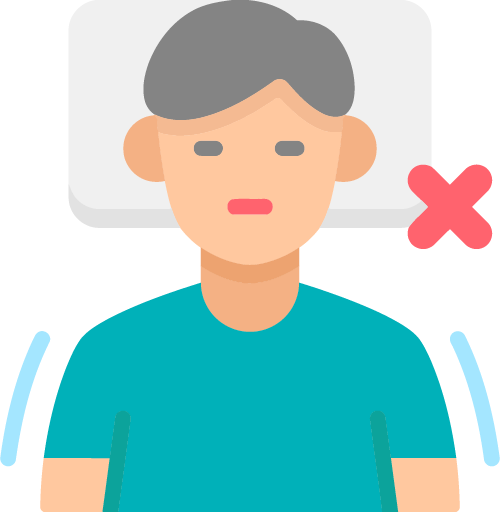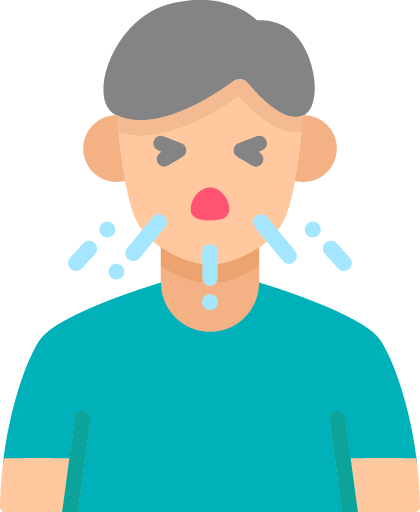LUNG CANCER

WHAT IS LUNG CANCER?
Lung is a type of cancer that develops when abnormal cells grow uncontrollably in the lungs. It is a serious disease that can cause severe harm and death. Lung cancer is the most common cancer among Filipino males.
There are two main types of lung cancer:
NON-SMALL CELL LUNG CANCER (NSCLC)
About 80% to 85% of lung cancers are NSCLC.
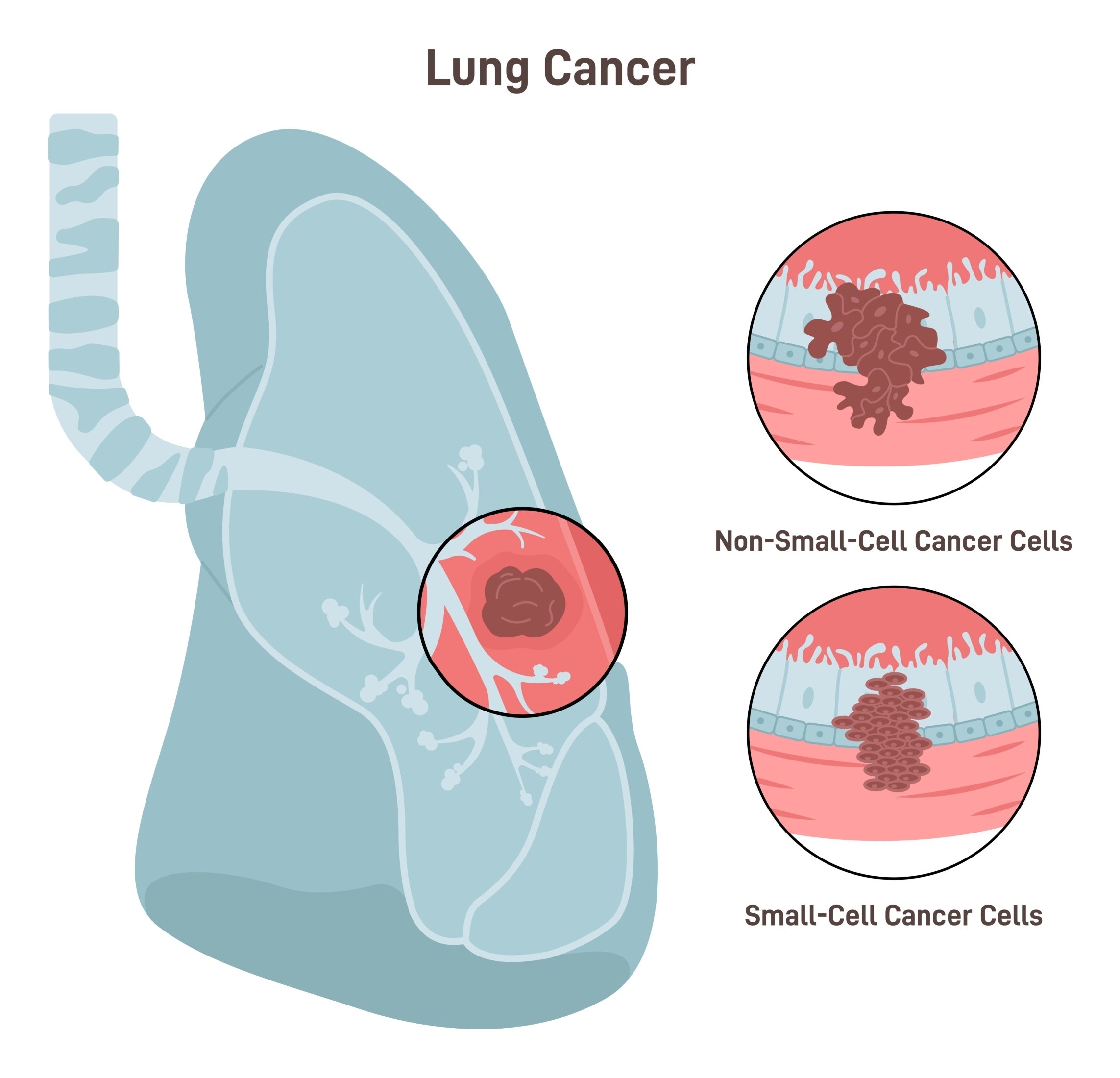
SMALL CELL LUNG CANCER (SCLC)
SCLC is less common but tends to grow and spread faster than NSCLC.
SYMPTOMS
Most lung cancers do not cause any symptoms until they have spread, but some people with early lung cancer develop symptoms. Most of these symptoms are non-specific and more likely to be caused by something other than lung cancer.
Early symptoms of lung cancer may be mild or dismissed as common respiratory issues, leading to delayed diagnosis.
REFERENCES:
- https://www.who.int/news-room/fact-sheets/detail/lung-cancer
- https://www.cancer.org/cancer/types/lung-cancer/detection-diagnosis-staging/signs-symptoms.html
- Icons from Flaticon
RISK FACTORS
Smoking is by far the leading risk factor for lung cancer. About 80% of lung cancer deaths are thought to result from smoking. The risk of lung cancer for people who smoke is many times higher than for people who don't smoke. The longer you smoke and the more packs a day you smoke,
the greater your risk.
Secondhand smoke can also increase your risk of developing lung cancer.
Other risk factors include air pollution
and workplace hazards like
chemicals and asbestos.

REFERENCES:
- https://www.cancer.org/cancer/types/lung-cancer/causes-risks-prevention/risk-factors.html
- https://www.who.int/news-room/fact-sheets/detail/lung-cancer
- Image from Freepik.
PREVENTION
Not smoking is the best way to prevent lung cancer. Avoiding secondhand smoke and the other risk factors will also lower your risk for lung cancer.
REFERENCES:
- https://www.cancer.org/cancer/types/lung-cancer/causes-risks-prevention/prevention.html
- https://www.who.int/news-room/fact-sheets/detail/lung-cancer
DIAGNOSIS
Diagnostic methods for lung cancer include:
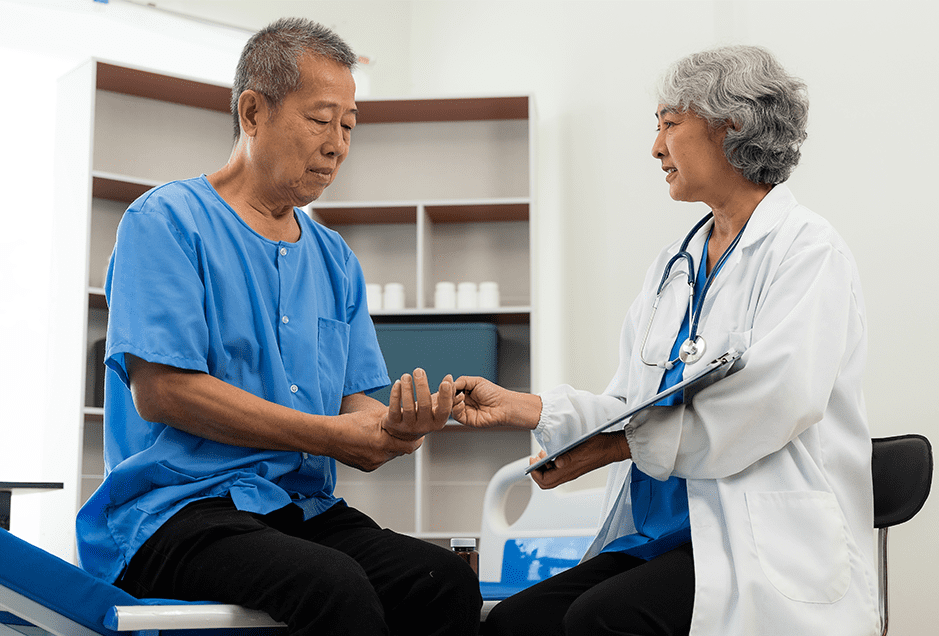
Physical examination
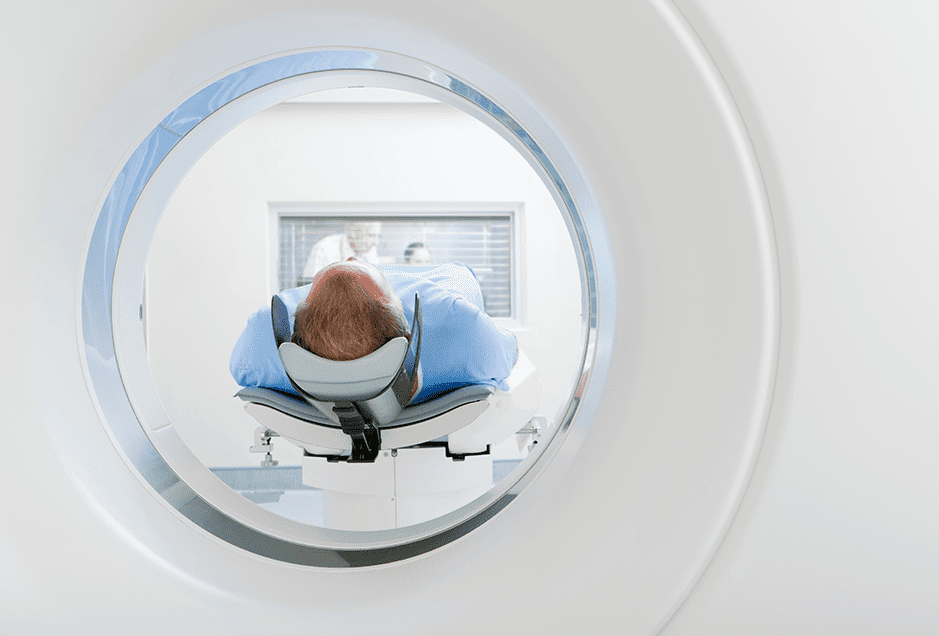
Imaging such as chest X-rays, computed tomography (CT) scans, and magnetic resonance imaging (MRI)
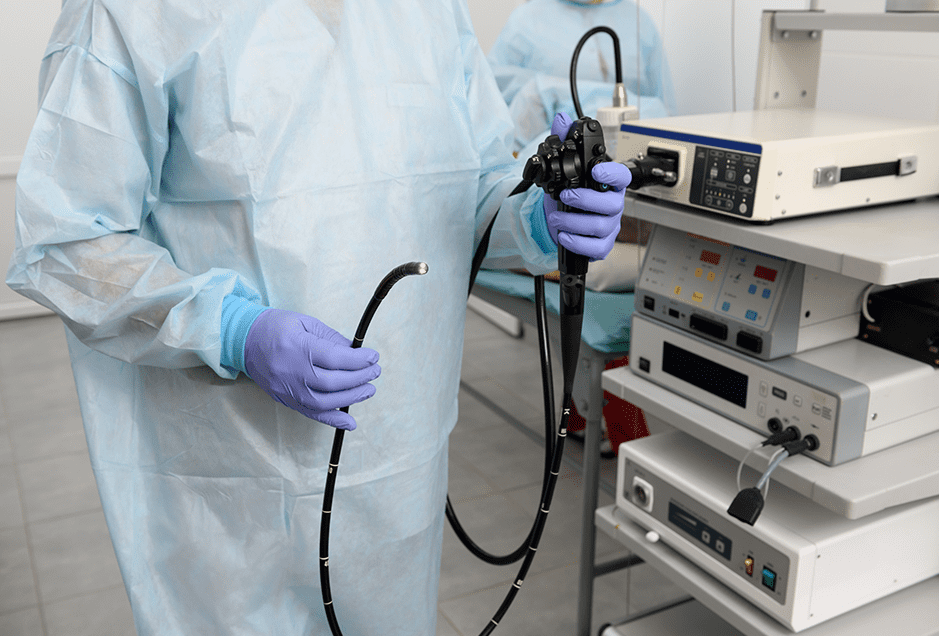
Examination of the inside of the lung using a bronchoscopy
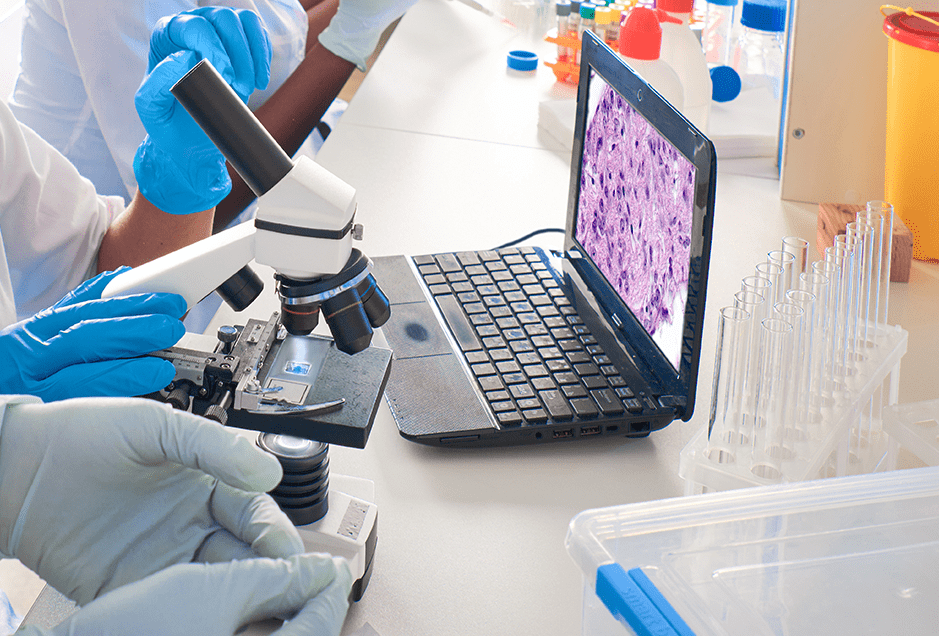
Taking a sample of tissue (biopsy) for histopathology examination and determination of specific lung cancer type
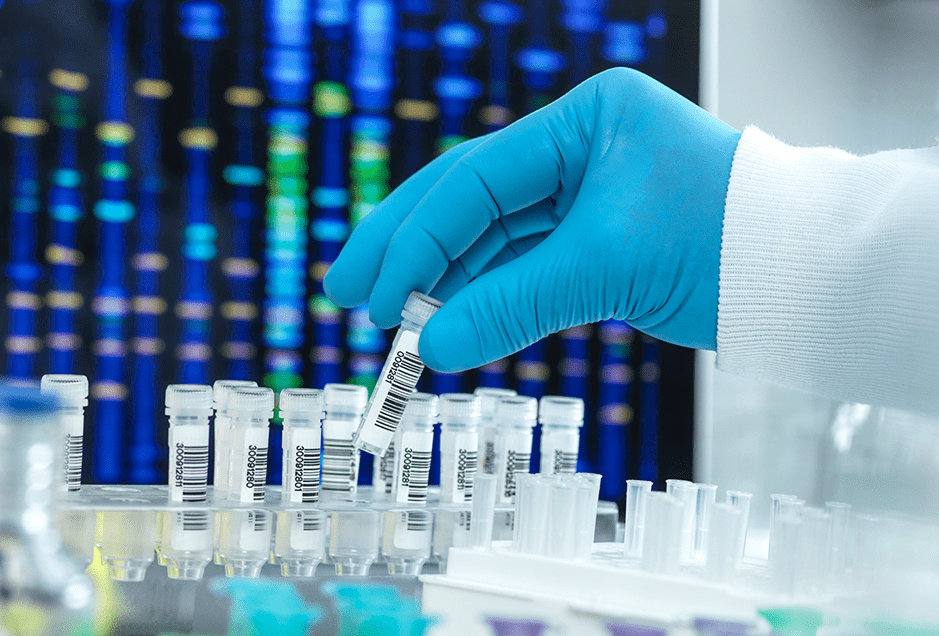
Molecular testing to identify specific genetic mutations or biomarkers to guide the best treatment option
TREATMENT AND CARE
Early detection and treatment can prevent lung cancer from becoming worse and spreading to other parts of the body, increasing the chance of better treatment outcomes. Doctors from several disciplines often work together to provide treatment and care of people with lung cancer. Treatments for lung cancer are based on the type of cancer, how much it has spread, and the patient's medical history. Treatments include:

SURGERY
Surgery is often used in the early stages of lung cancer if the tumor has not spread to the other areas of the body. It is rarely used as part of the main treatment for lung cancer, as the cancer has usually already spread by the time it is found.
TYPES OF LUNG SURGERY
PNEUMONECTOMY
is the surgical removal of an entire lung. This might be needed if the tumor is close to the center of the chest.
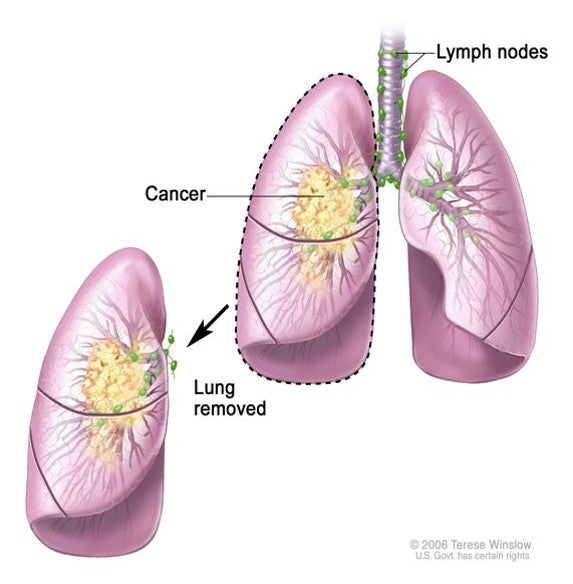
LOBECTOMY
is the surgical removal of the entire lobe containing the tumor(s). The lungs are made up of 5 lobes (3 in the right lung and 2 in the left). If it can be done, lobectomy is often the preferred type of operation for lung cancer.
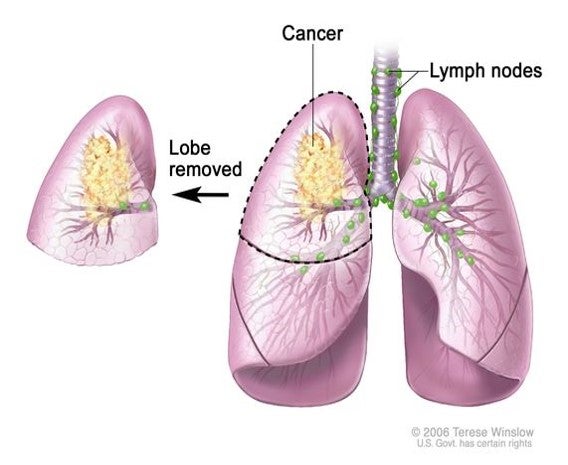
SEGMENTECTOMY OR WEDGE RESECTION
is the surgical removal of only the part of the lobe with tumor. This approach might be used if a person doesn't have enough normal lung function to withstand removing the whole lobe.
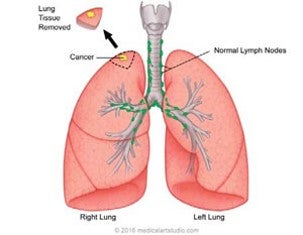
SLEEVE RESECTION
may be done to treat some cancers in large airways in the lungs. A surgeon may be able to do this operation instead of a pneumonectomy to preserve more lung function.
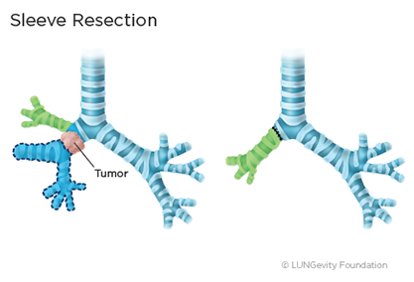
POSSIBLE RISKS AND COMPLICATIONS

Reaction to anesthesia

Excess Bleeding

Blood clots in the legs or lungs

Wound infections
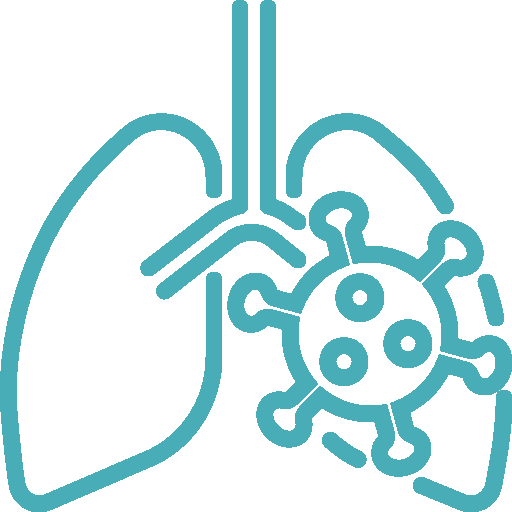
Pneumonia

In rare cases, people might not survive the surgery.
REFERENCES:
- https://www.who.int/news-room/fact-sheets/detail/lung-cancer
- https://www.cancer.org/cancer/types/lung-cancer/treating-small-cell/surgery.html
- https://www.cancer.gov/publications/dictionaries/cancer-terms/def/pneumonectomy
- https://www.cancer.gov/publications/dictionaries/cancer-terms/def/lobectomy
- https://www.rwjbh.org/treatment-care/surgery/thoracic-surgery/thoracic-surgery-tests-and-procedures/lung-resection/
- https://www.lungevity.org/for-patients-caregivers/navigating-your-diagnosis/treatment-options/surgery
- icons from Flaticon
×
RADIATION THERAPY
Radiation therapy uses high-energy rays (or particles) to kill cancer cells.
When is Radiation Therapy used?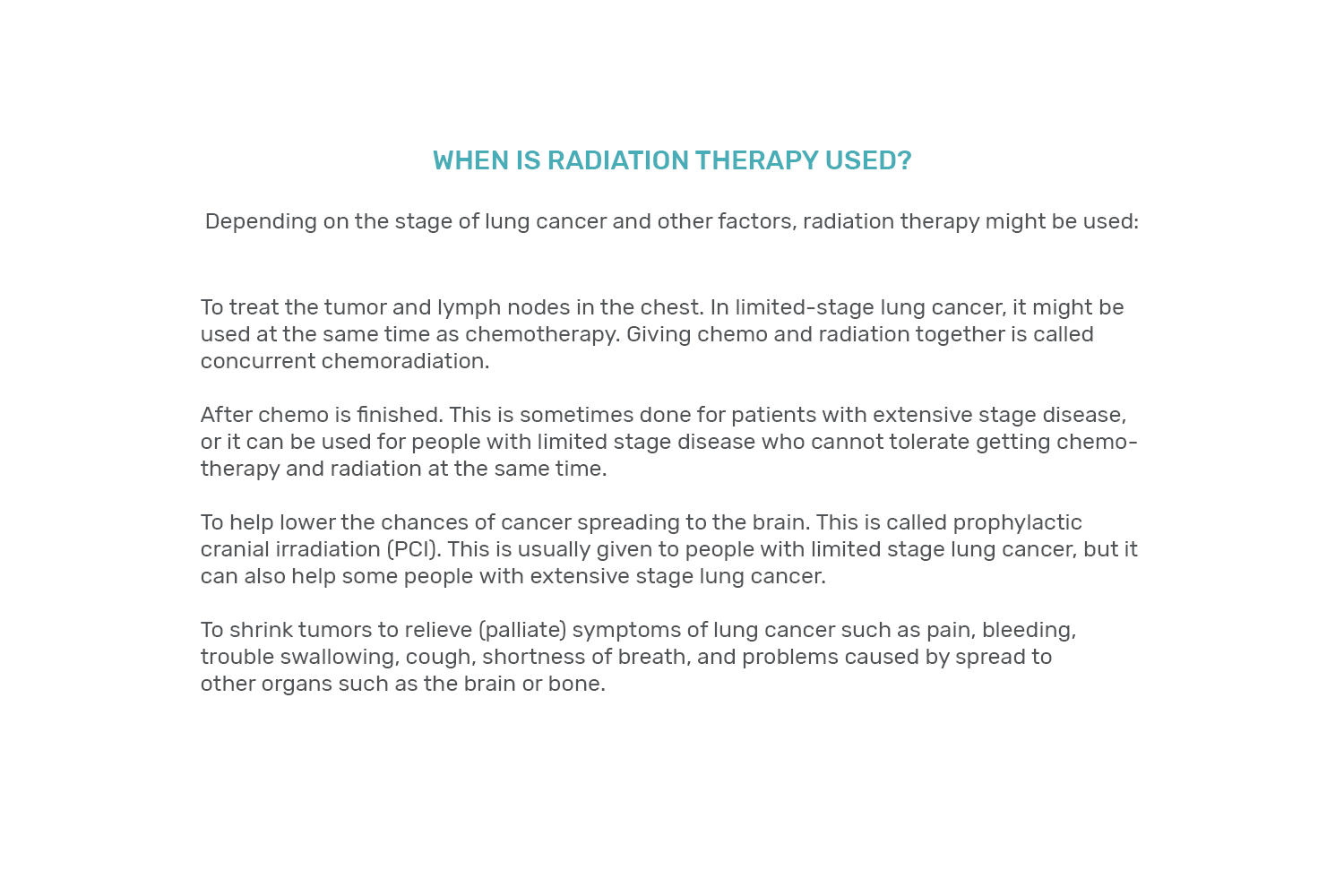
Side Effects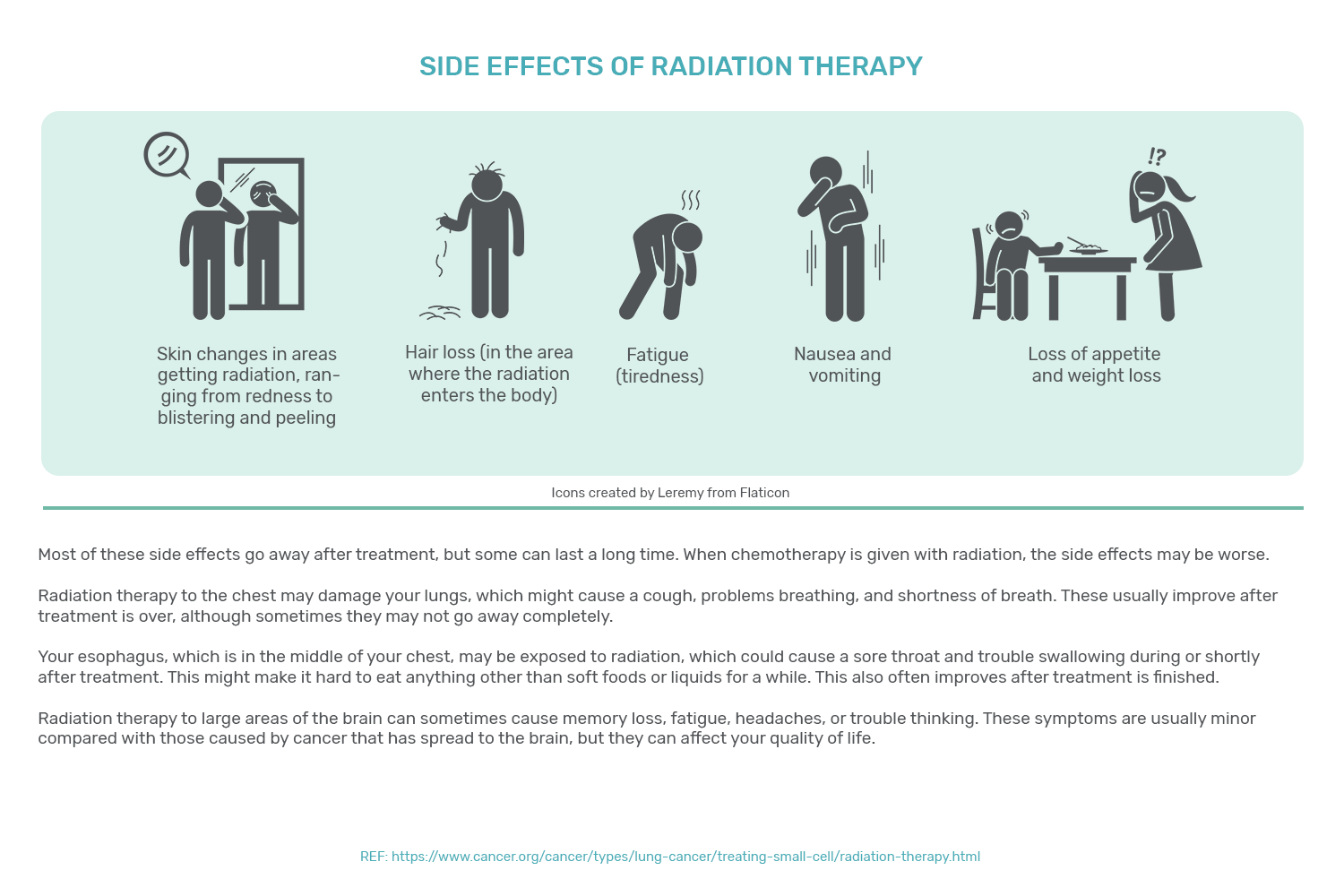
REFERENCE:
https://www.cancer.org/cancer/types/lung-cancer/treating-small-cell/radiation-therapy.html
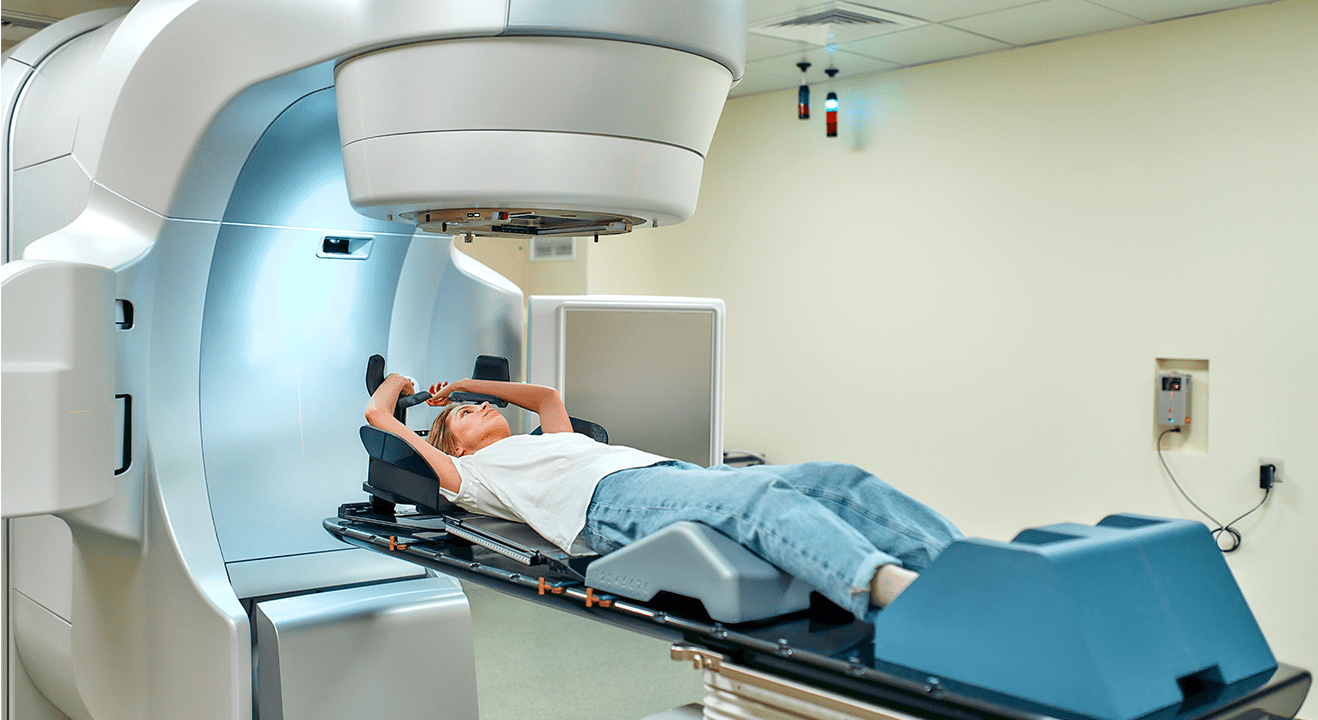
CHEMOTHERAPY
What is Chemotherapy?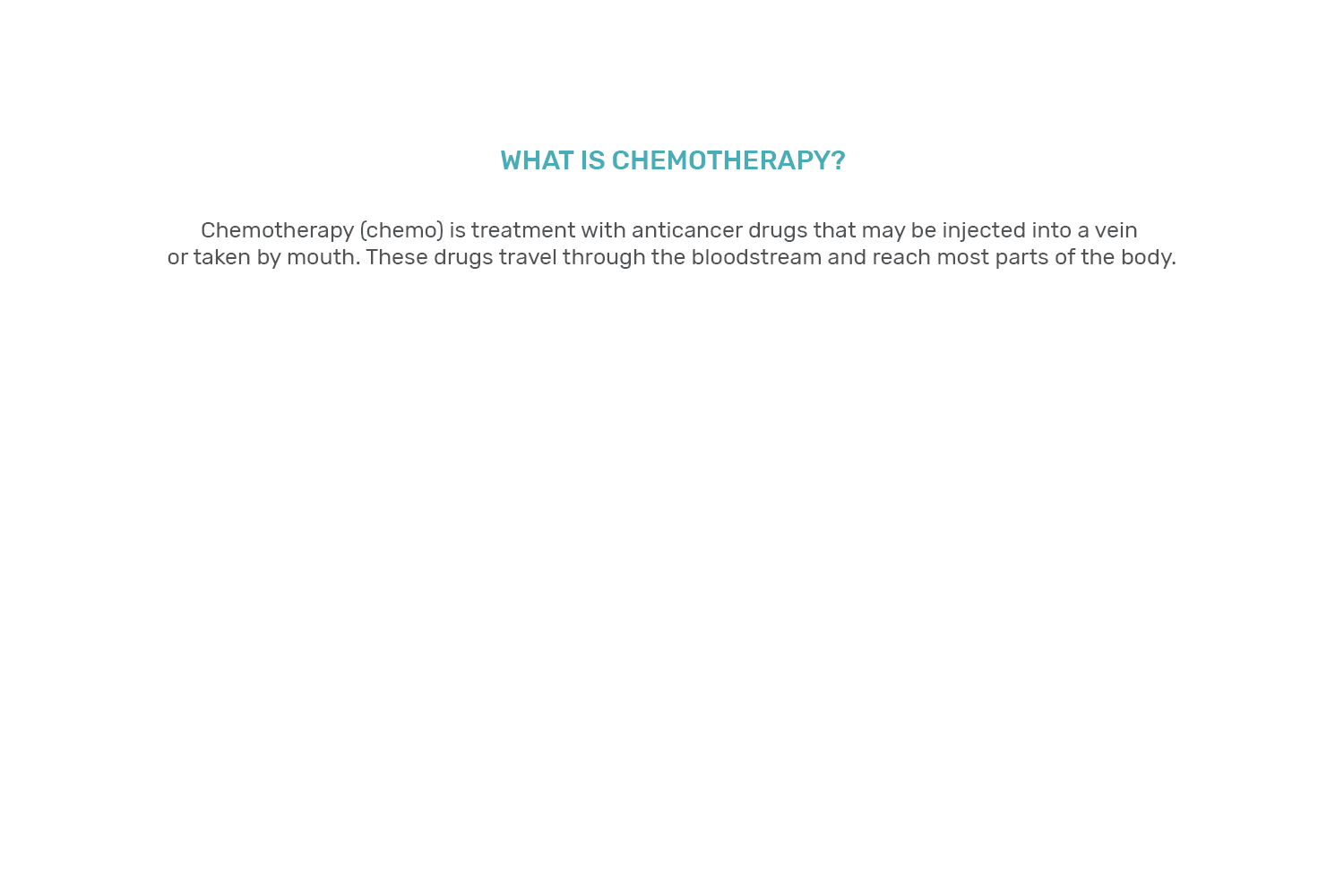
Combinations of Chemo Drugs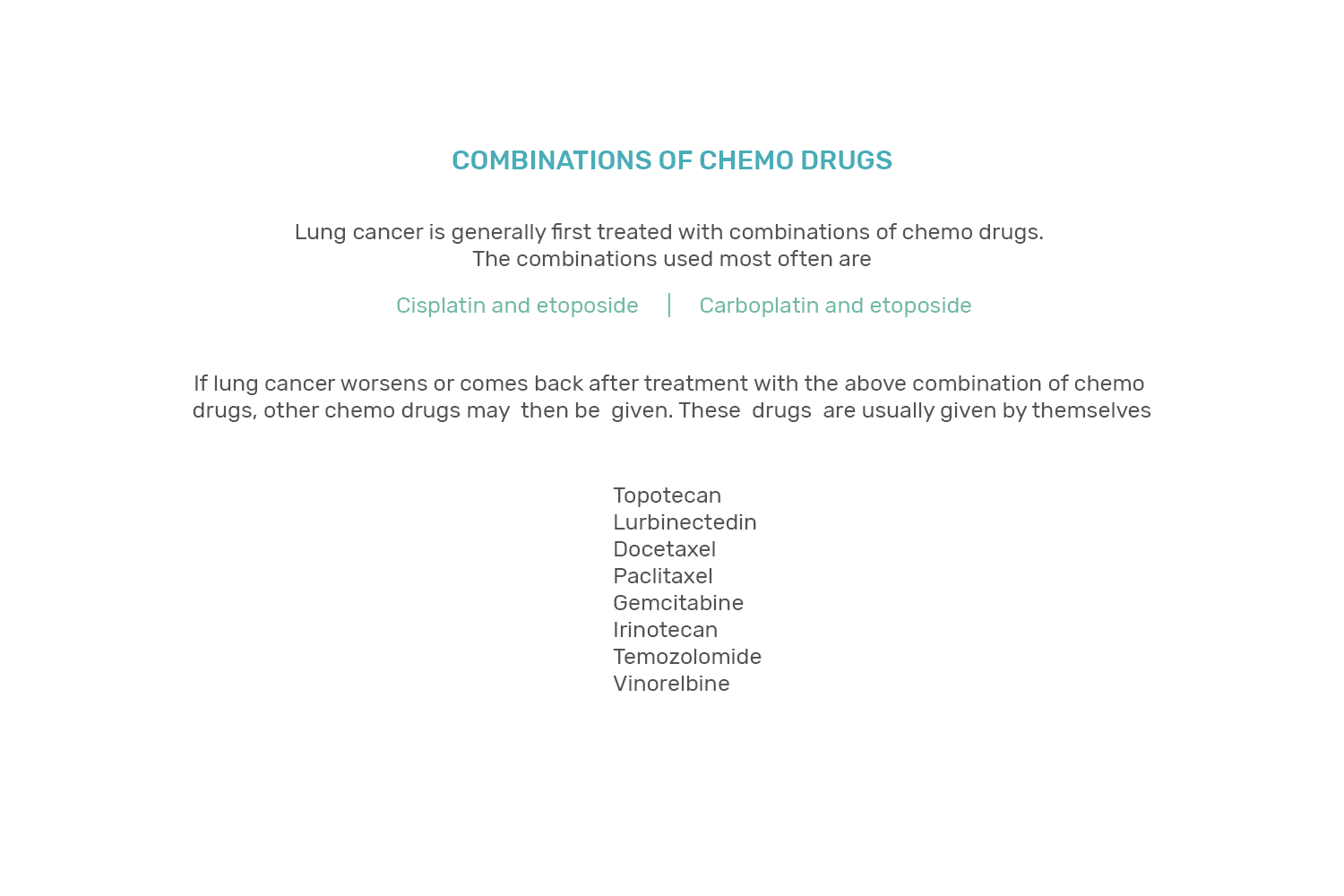
Side Effects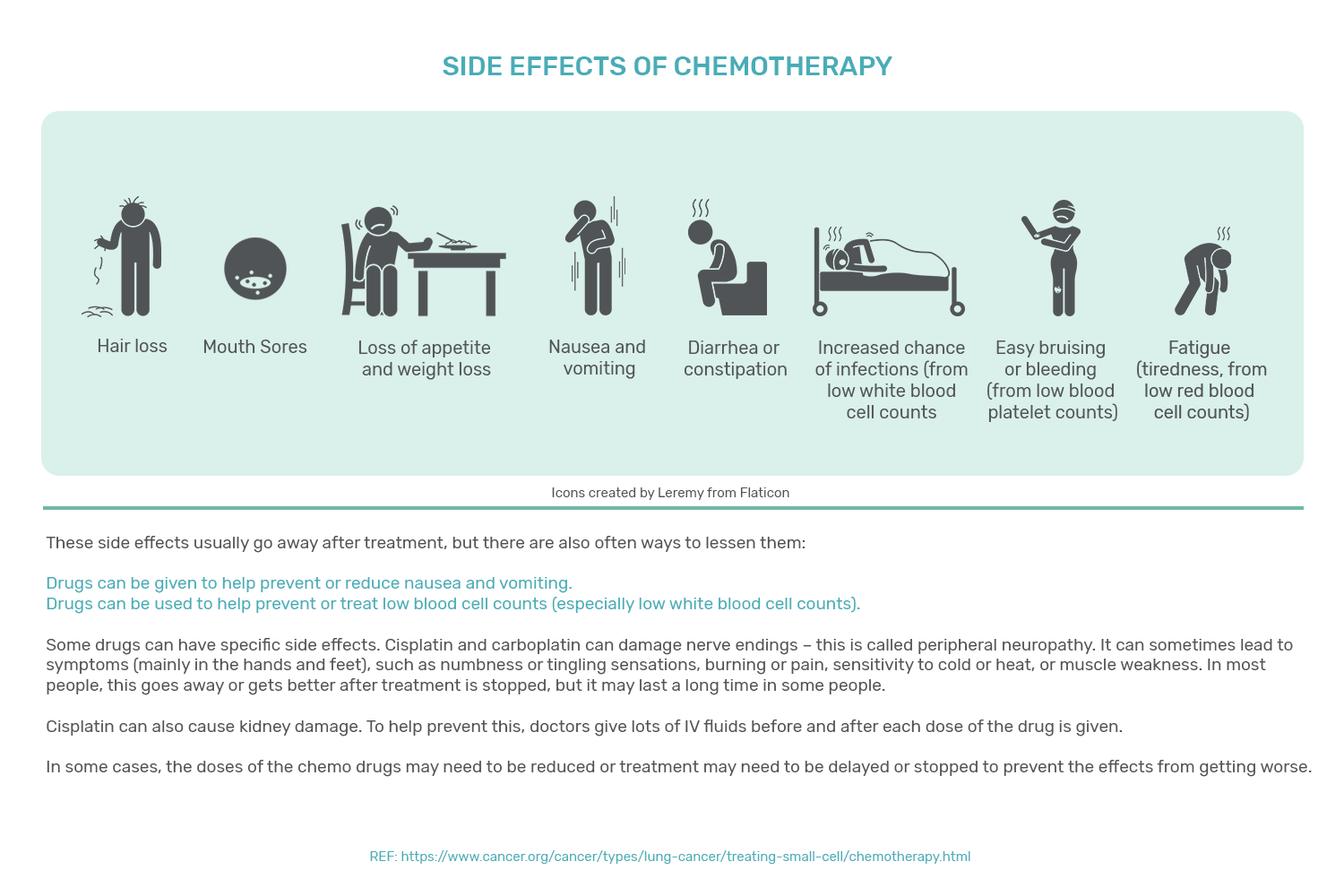
REFERENCE:
https://www.cancer.org/cancer/types/lung-cancer/treating-small-cell/chemotherapy.html
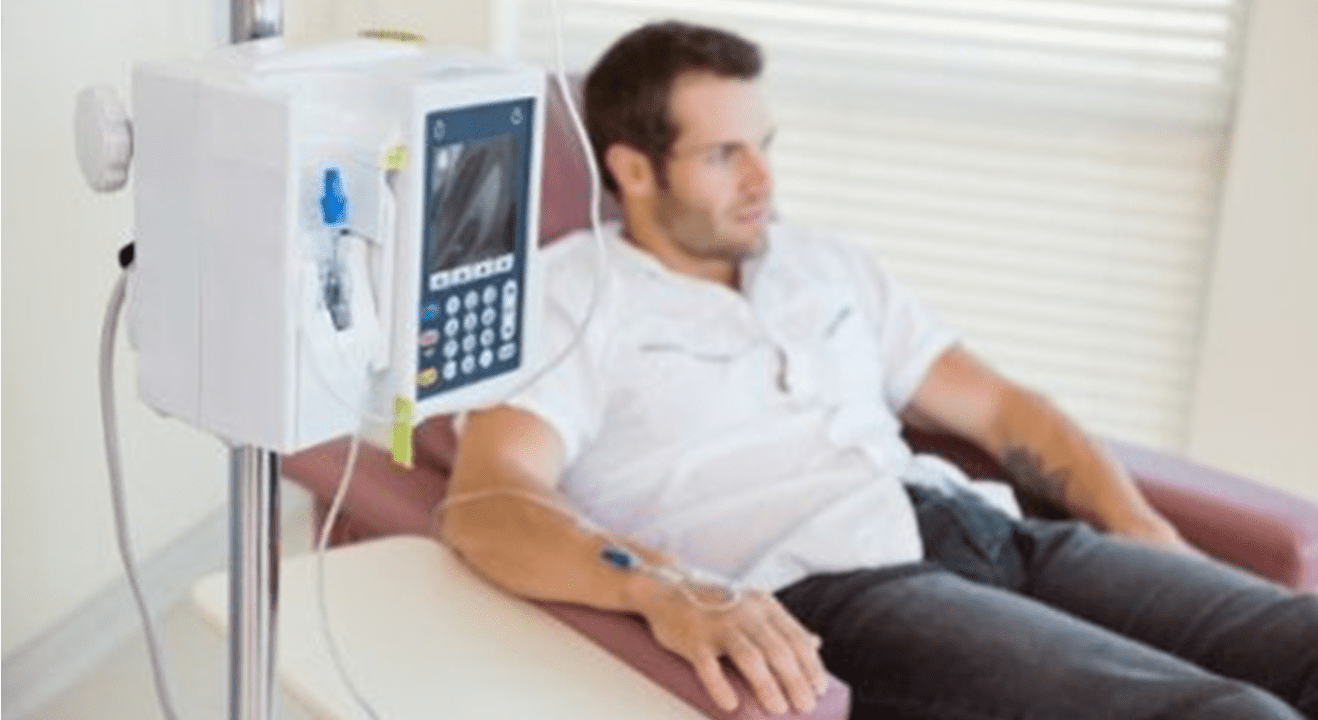
TARGETED THERAPY
What is Targeted Therapy?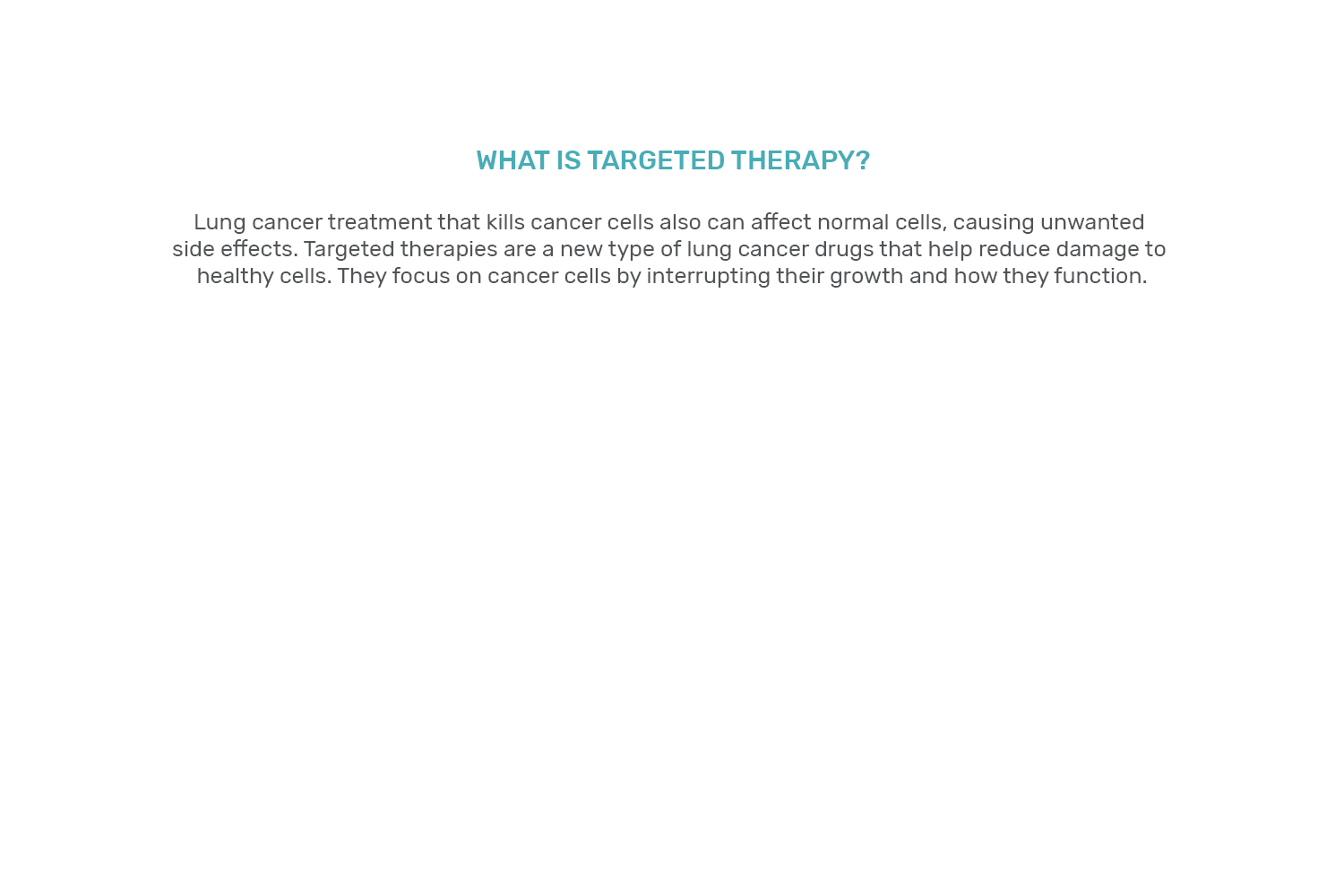
Biomarker Testing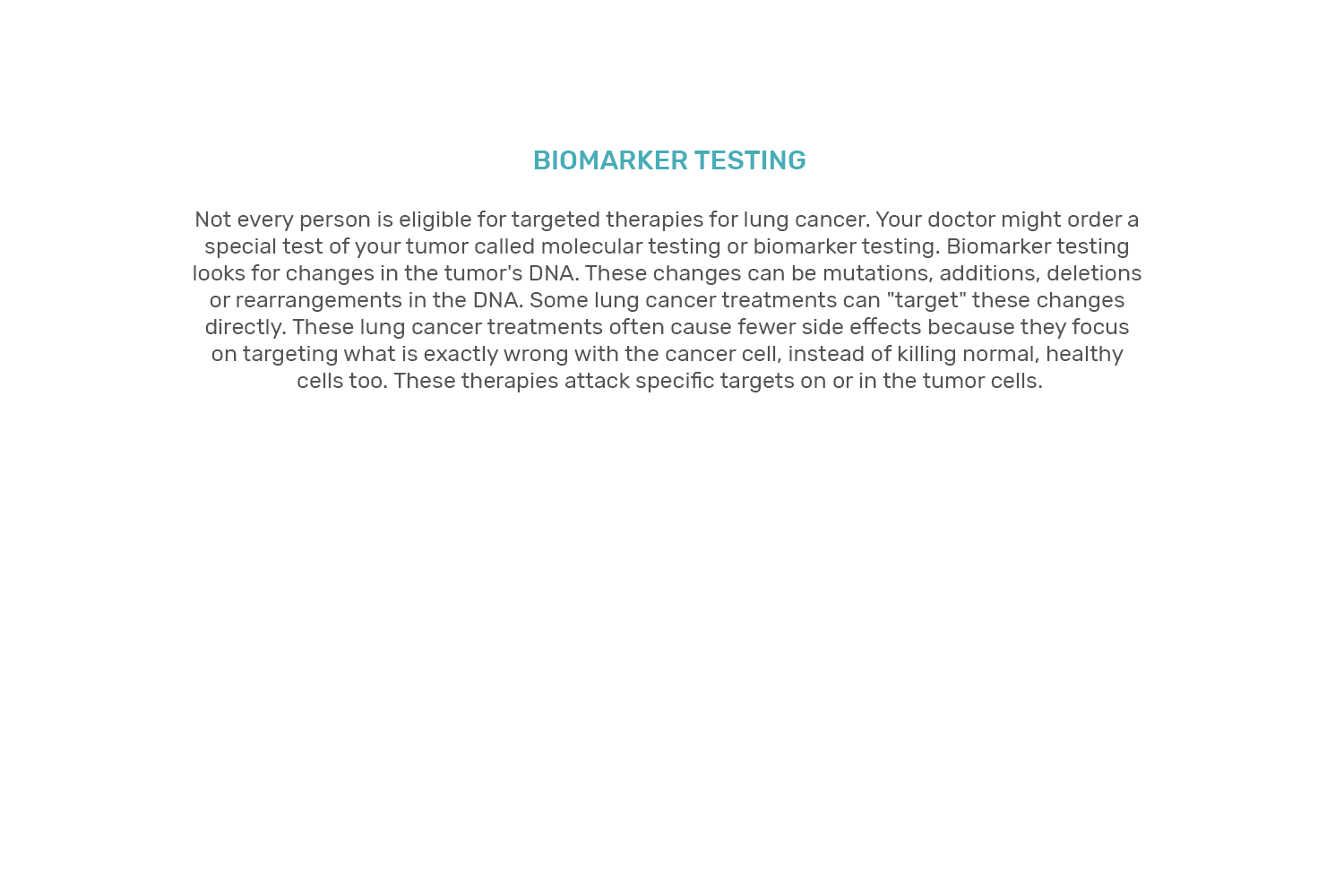
Side Effects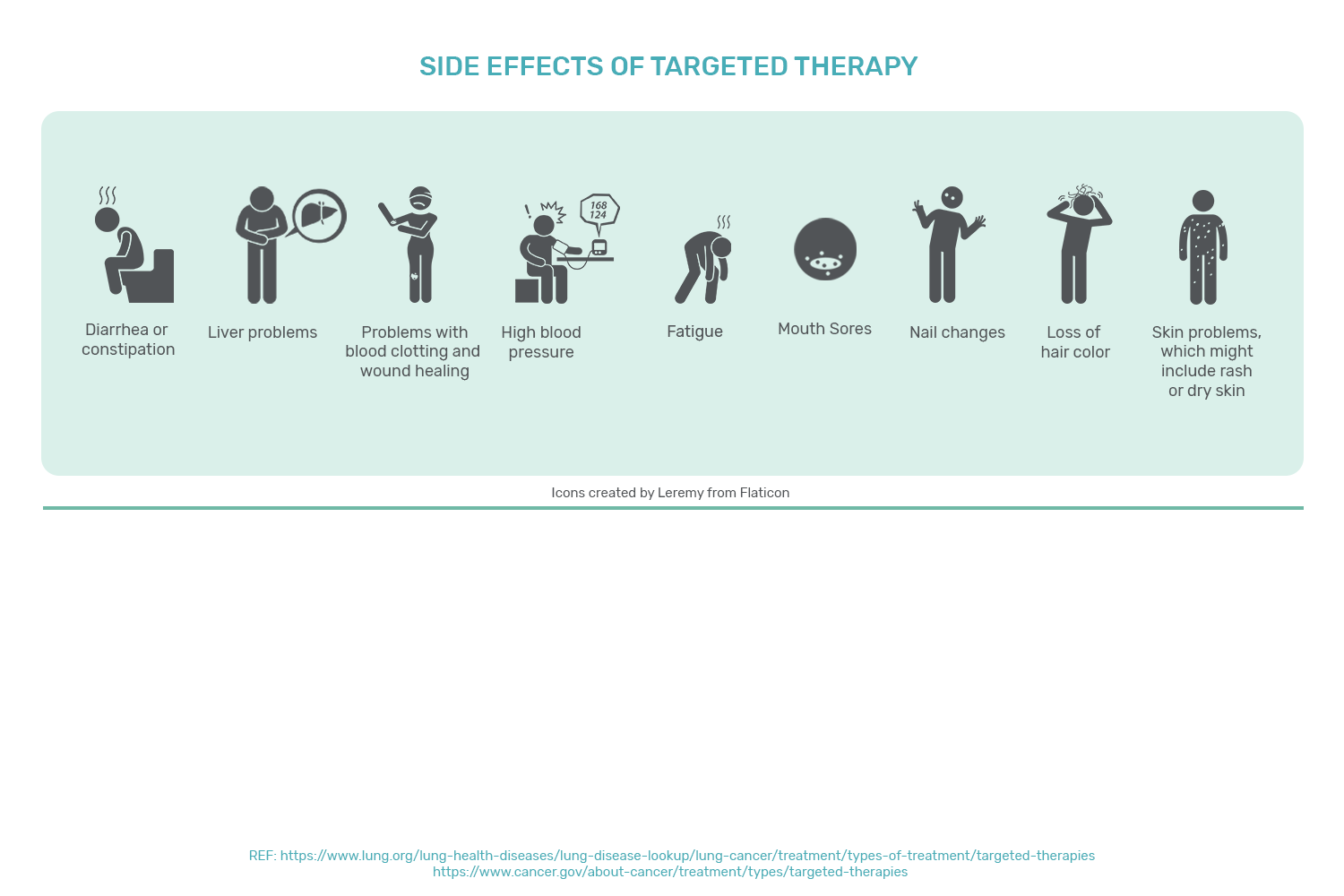
REFERENCES:
1. https://www.lung.org/lung-health-diseases/lung-disease-lookup/ lung-cancer/treatment/types-of-treatment/targeted-therapies
2. https://www.cancer.gov/about-cancer/treatment/types/targeted-therapies
3. Image by Freepik

IMMUNOTHERAPY
What is Immunotherapy?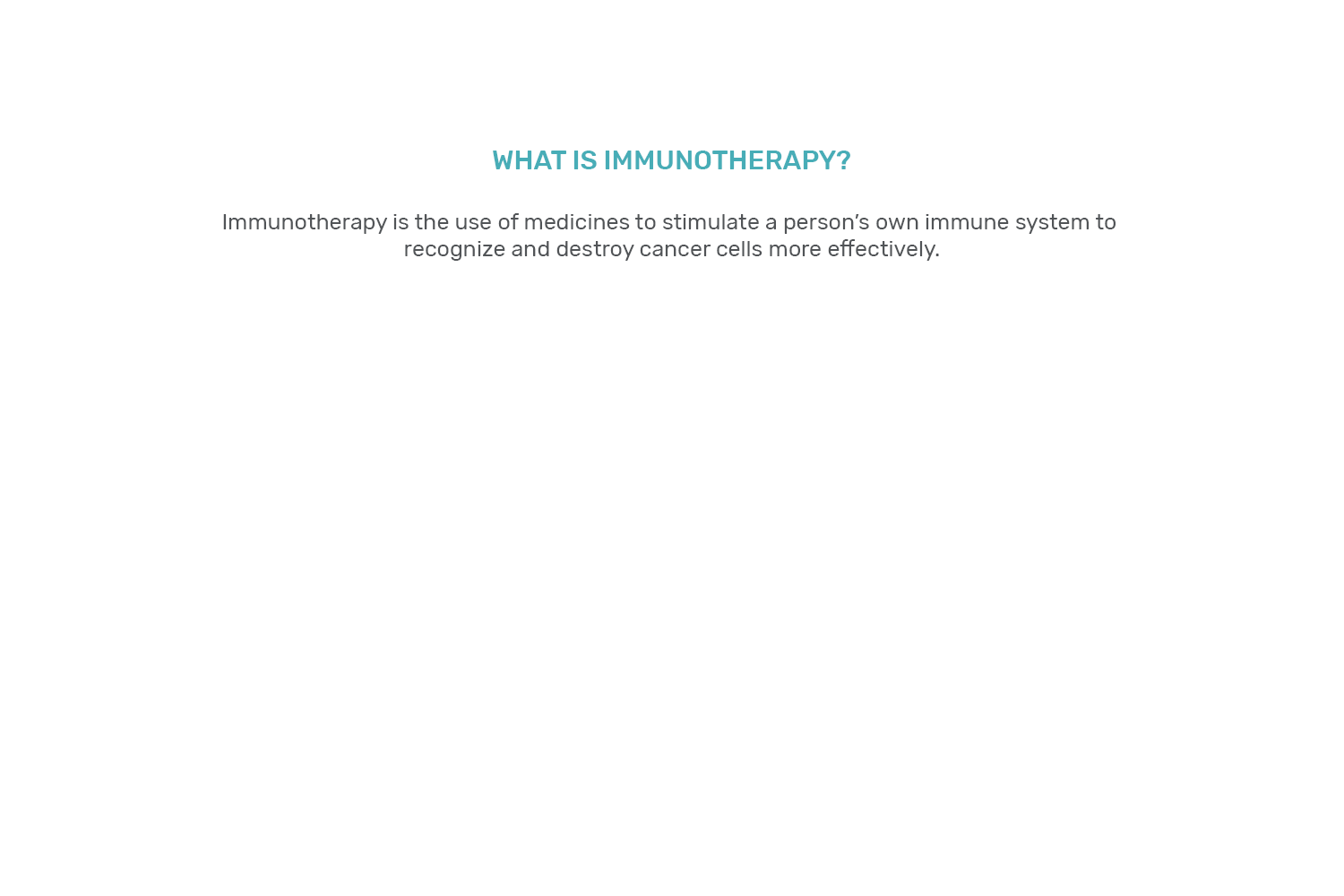
ALK Inhibitors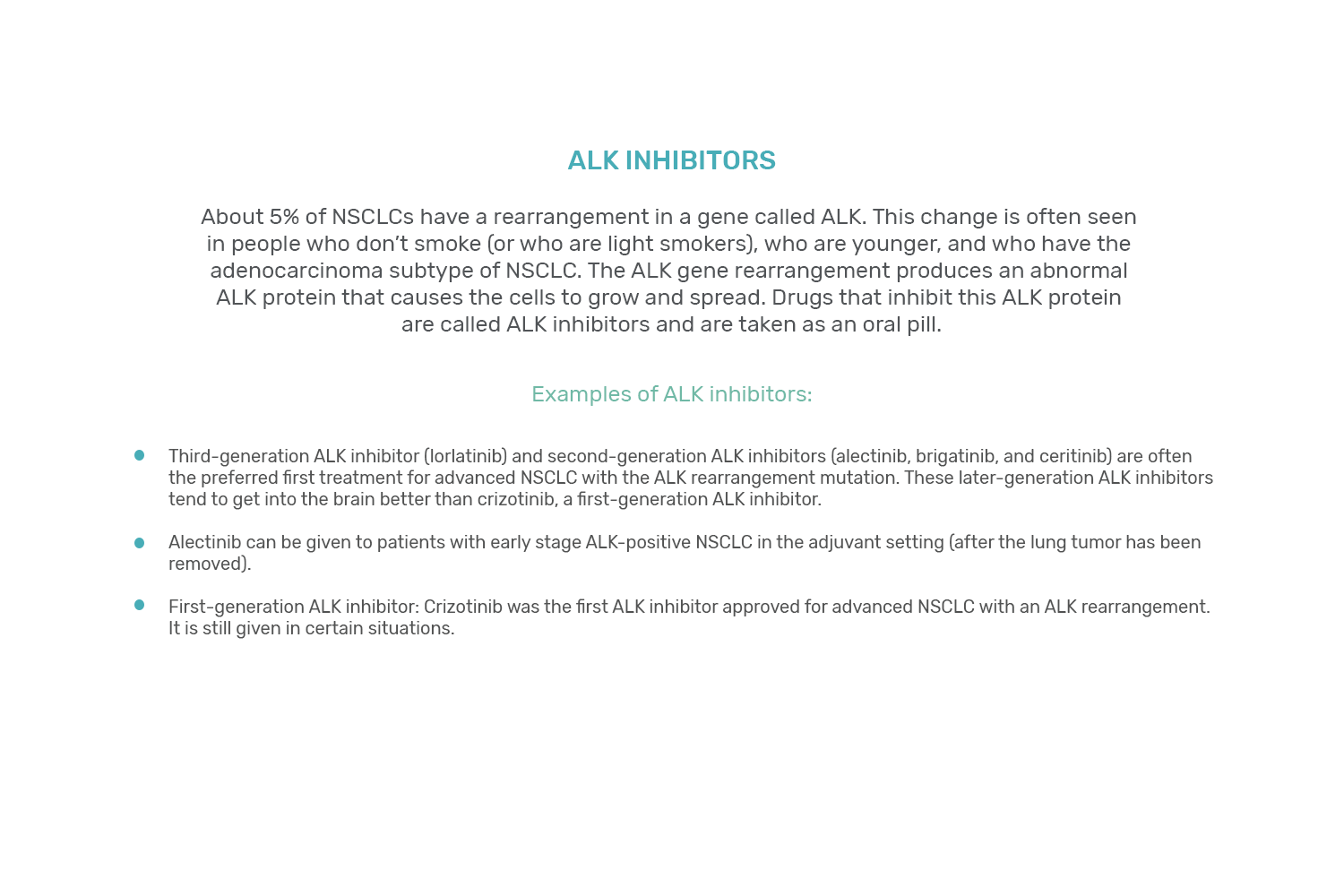
Side Effects
REFERENCES:
1. https://www.cancer.org/cancer/types/lung-cancer/treating-small-cell/immunotherapy.html
2. https://www.cancer.org/cancer/types/lung-cancer/treating-non-small-cell/targeted-therapies.html
3. Image by kjpargeter on Freepik
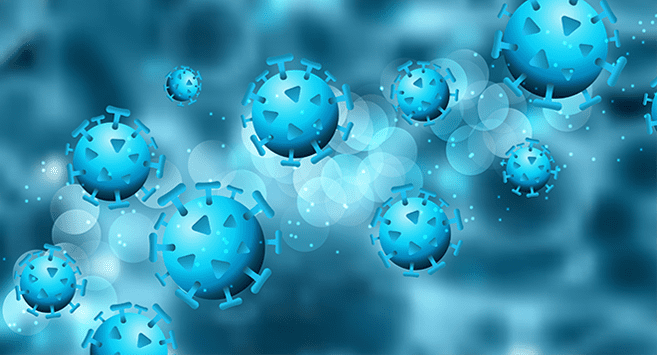
IMMUNE CHECKPOINT INHIBITORS
What are Immune Checkpoint Inhibitors?
Atezolizumab and Durvalumab
Side Effects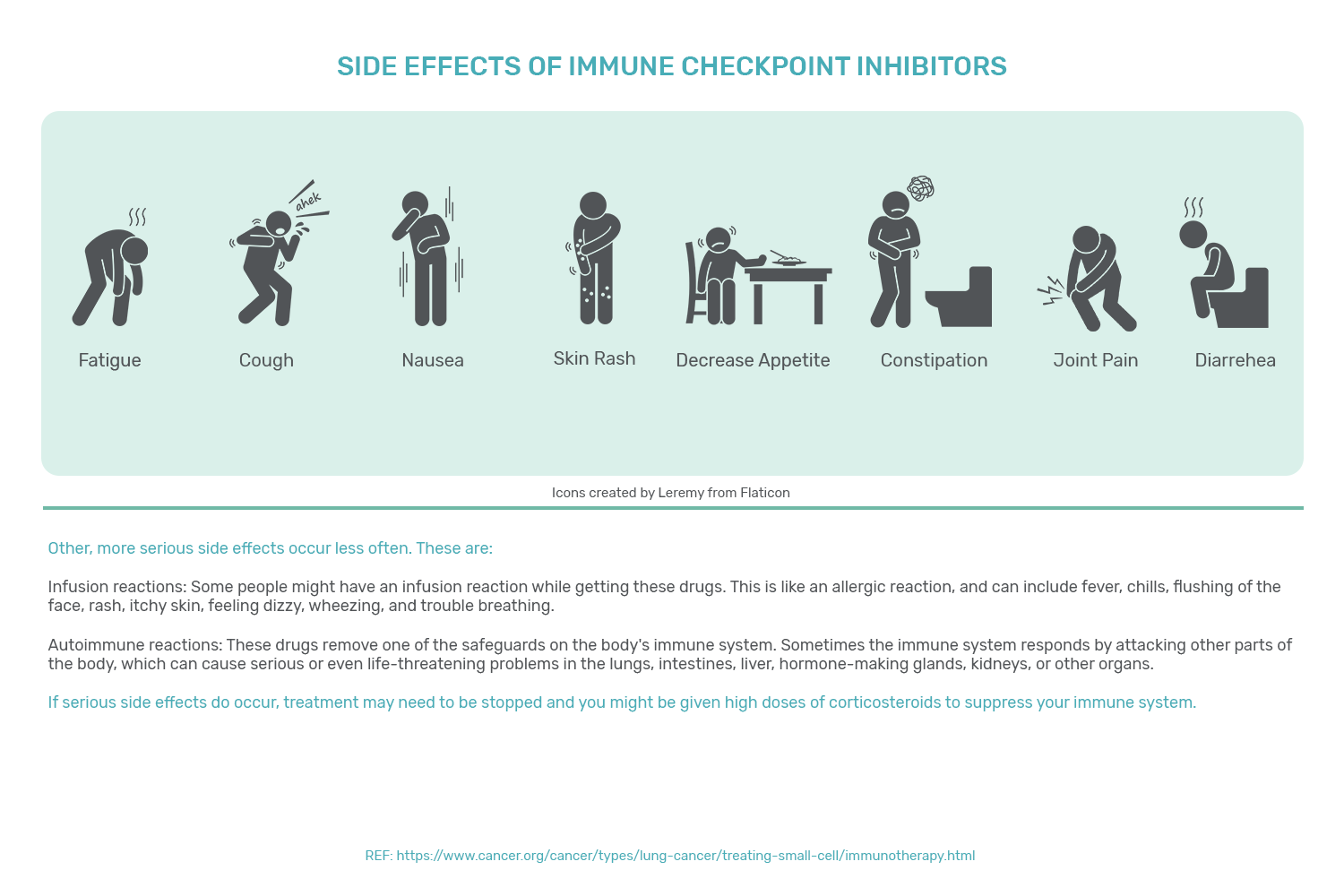
REFERENCES:
1. https://www.cancer.org/cancer/types/lung-cancer/treating-small-cell/immunotherapy.html
2. Image by Freepik
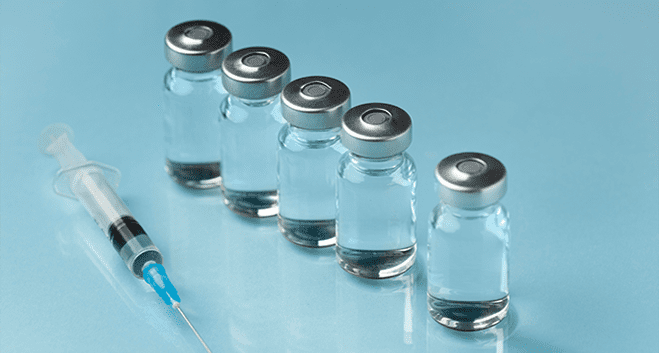
RADIOFREQUENCY ABLATION (RFA)
What is Radiofrequency Ablation (RFA)?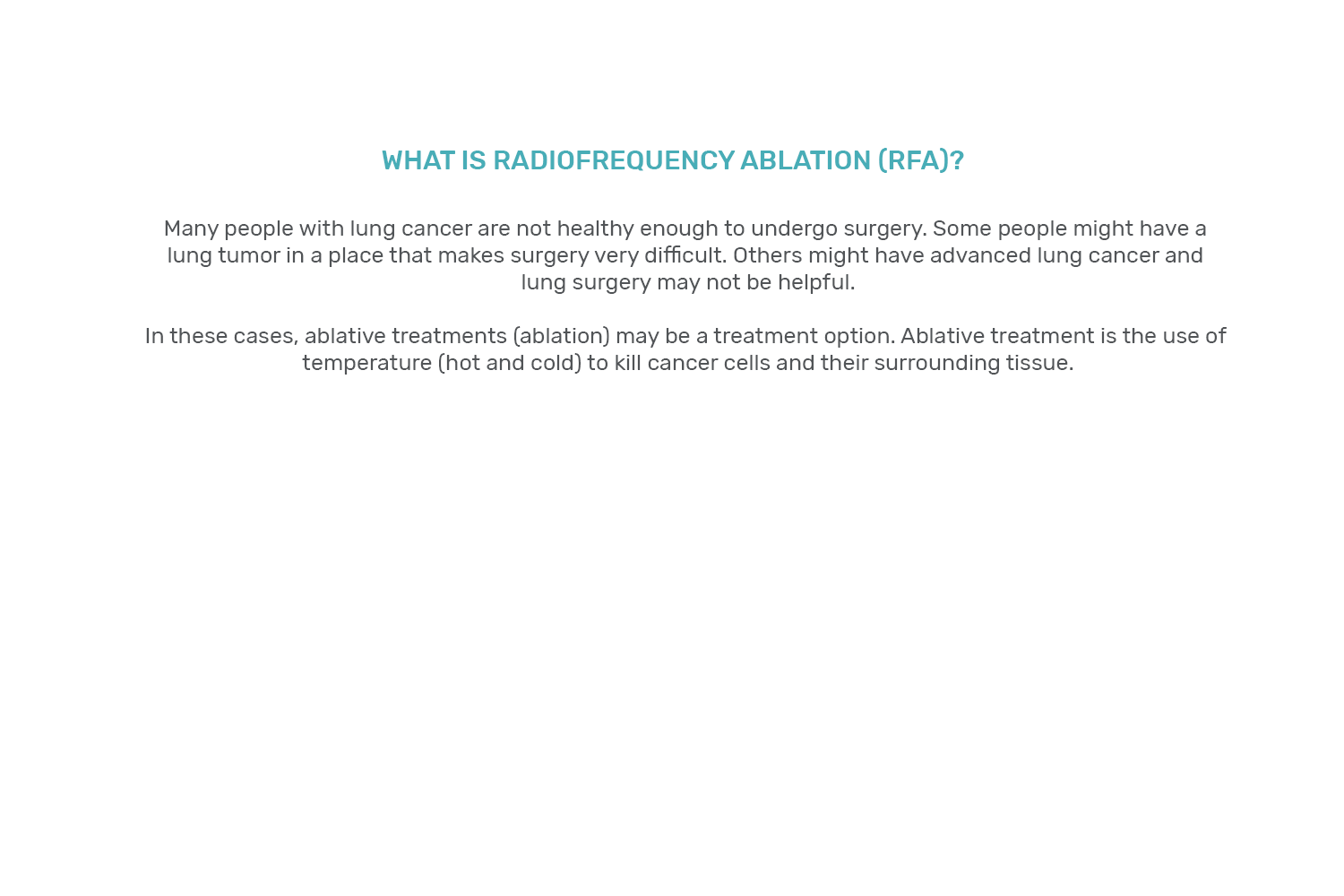
Types of Ablation for Lung Cancer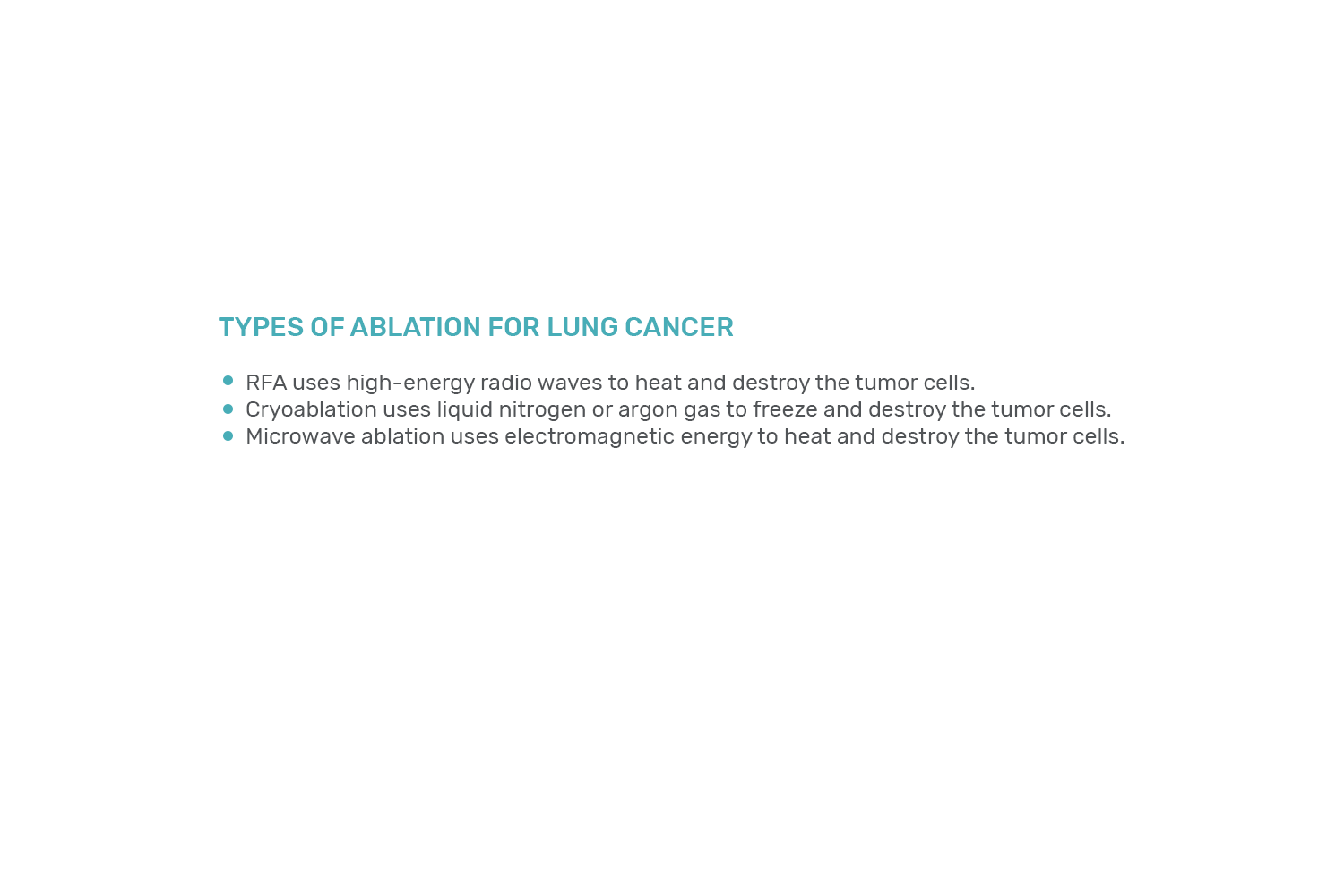
Complications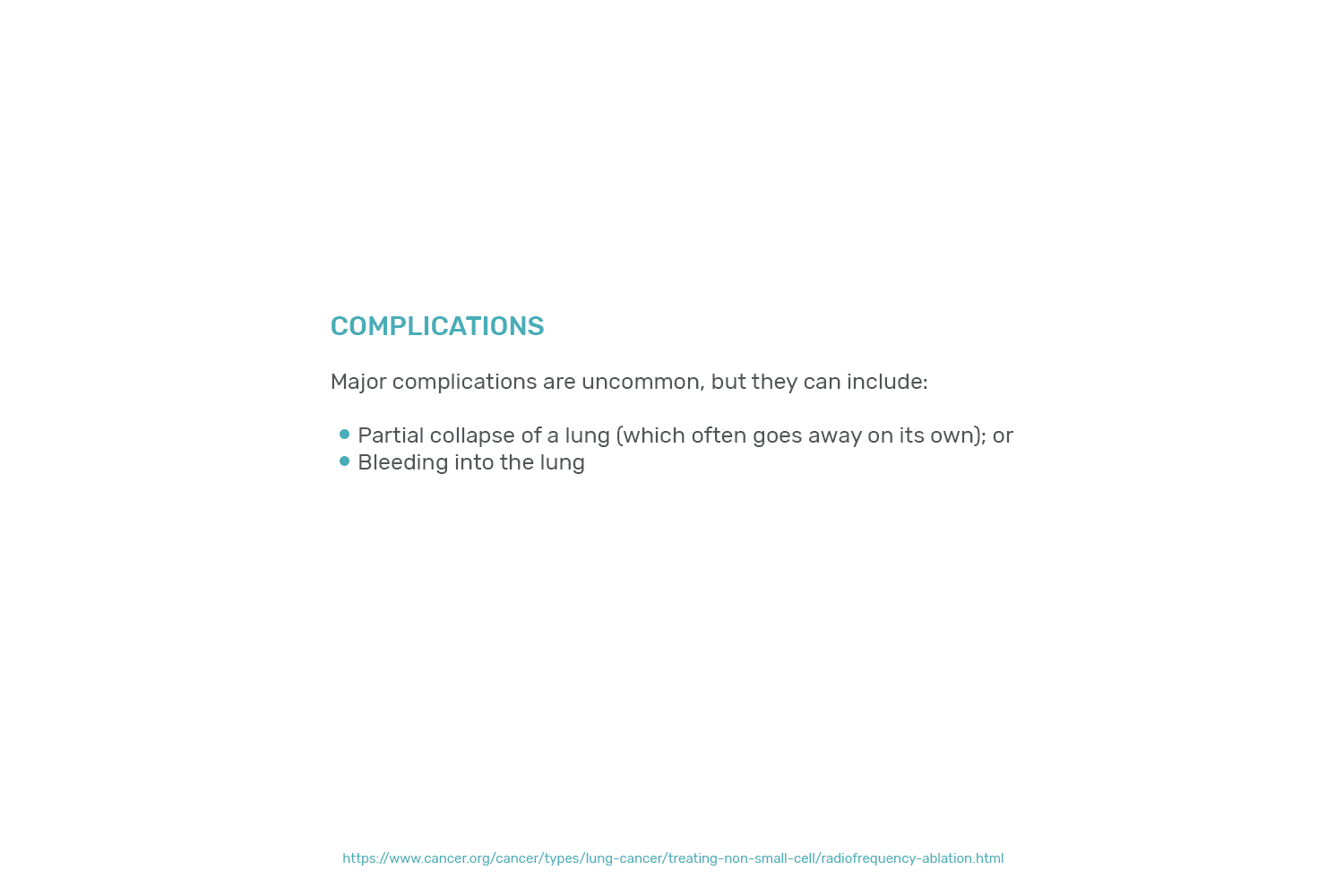
REFERENCES:
1. https://www.cancer.org/cancer/types/lung-cancer/treating-non-small-cell/radiofrequency-ablation.html
2. Image by Freepik

SUPPORTIVE CARE
Supportive care is important for people with lung cancer. It aims to manage symptoms, provide pain relief, and give emotional support. It can help to increase quality of life for people with lung cancer and their families.
REFERENCE: https://www.who.int/news-room/fact-sheets/detail/lung-cancer
PROGNOSIS
Several factors affect the survival outlook of lung cancer patients. These are:
STAGE OF LUNG CANCER
WHEN IT WAS DIAGNOSED
(HOW BIG IT IS AND WHETHER IT HAS SPREAD)
TYPE OF LUNG CANCER
SMALL CELL LUNG CANCER VS NON-SMALL CELL LUNG CANCER
(SCLC VS NSCLC)
YOUR GENERAL HEALTH AND FITNESS - THE FITTER YOU ARE, THE BETTER YOU MAY BE ABLE TO COPE WITH YOUR CANCER AND TREATMENT.
GENE CHANGES (MUTATIONS) - A TEST CALLED FISH (FLUORESCENCE IN SITU HYBRIDI-ZATION) CAN IDENTIFY ANY GENE CHANGES.
REFERENCE: https://www.cancerresearchuk.org/about-cancer/lung-cancer/survival
This information is brought to you by Takeda Healthcare Philippines Inc.
Copyright © 2025 Takeda Healthcare Philippines Inc. All rights reserved.
Takeda and are registered trademarks of Takeda Pharmaceutical Company Limited.
This information is available to the general public for informational purposes only; it should not be used for diagnosing or treating a health condition or disease.
It is not intended to substitute for consultation with a healthcare provider. Please consult your healthcare provider for further advice.
EMBERS OF HOPE







